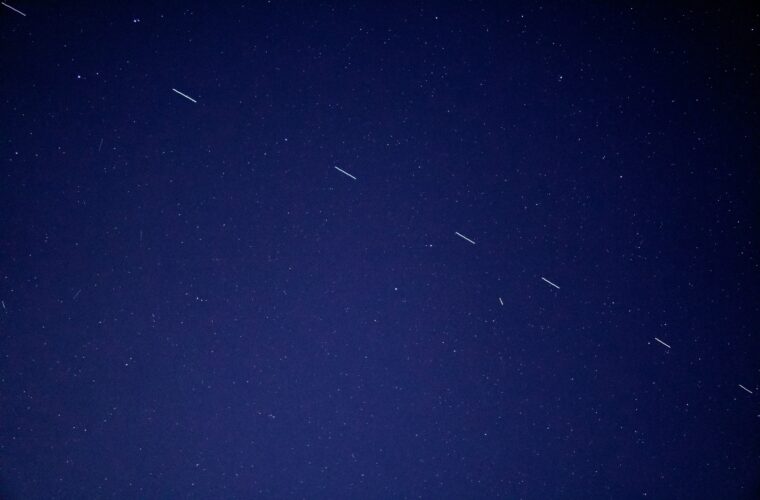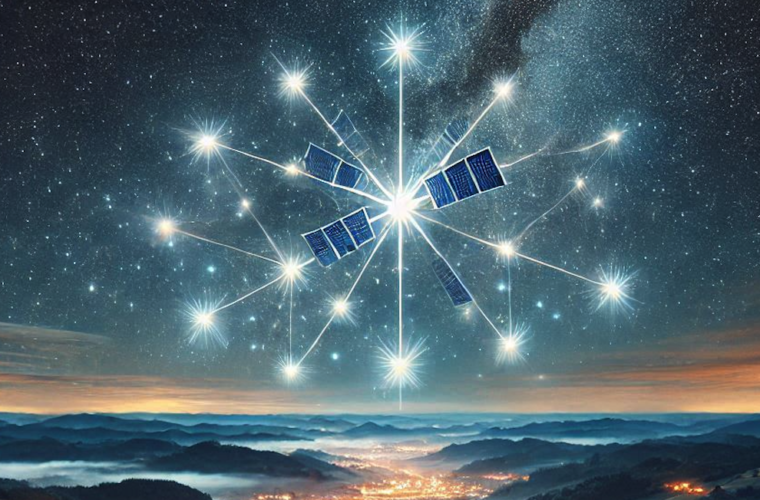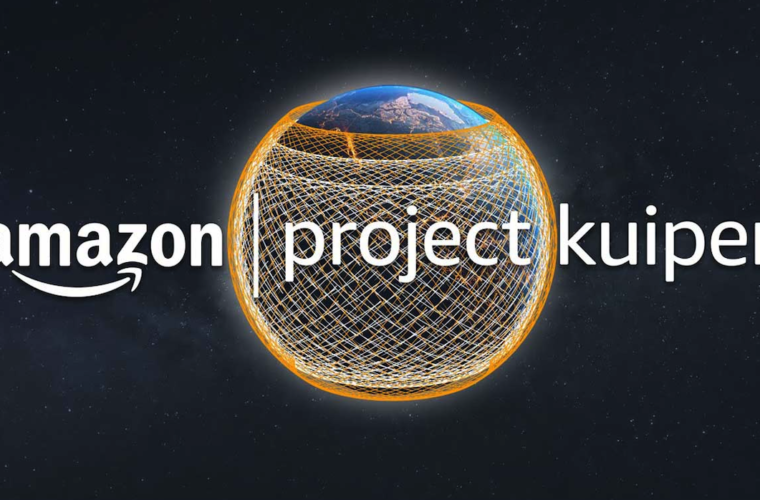D2D, the Esa-ViaSat project. An alternative to Starlink’s Direct-to-Cell
Direct-to-Device (D2D) services now offer a direct satellite connection for our smartphones and all Internet of Things devices, providing a reliable and secure signal for a large number of communication services now embedded in the automotive, aerospace and military industries. The European Space Agency (ESA) and ViaSat have announced a new collaboration to develop an advanced D2D project aimed at enhancing satellite communications, which must become an accessible resource for companies, industries and governments.
‘By developing Direct-to-Device technologies, we want to help Europe gain market share in a highly competitive market,’ explained Josef Aschbacher, Director General of ESA,’ by paving the way for our Member States to have access to autonomous and resilient connectivity solutions. ‘We are fully committed to developing D2D space capabilities based on 3GPP and other compatible open standards, combining existing GEO assets with a new LEO satellite constellation that can meet the needs of users in Europe and around the world,’ said Mark Dankberg, President and CEO of ViaSat. The project would fall under ESA’s Advanced Research in Telecommunications Systems (ARTES 4.0) program, and Viasat will be working with partner companies in ESA member countries. ESA and ViaSat signed the agreement this week during the European Space Conference in Brussels.
Key D2D communications in crisis and emergency situations
As part of the European Agency’s Direct-to-Device initiative, the partnership project aims to provide seamless connectivity by using satellites to send SMS messages in crisis and emergency situations (from weather to natural disasters or war scenarios). All without requiring cellular towers or ground infrastructure.
ESA is working with its partners to federate European and Canadian satellite communications and terrestrial stakeholders through demonstration and validation activities on the ground and in orbit. This is to support the development of innovative technologies for interoperable and open standards-based solutions and to ensure the sustainable use of Earth orbit. A project that could put Europe on the right track to develop an alternative D2D solution to Starlink’s Direct-to-Cell service offering. Elon Musk’s SpaceX satellite constellation offers high-speed Internet via satellite and D2D solutions for smartphones and other devices.

D2D opportunities to bridge the digital divide
Satellite broadband, also known as internet-by-satellite, is a two-way high-speed internet connection typically realized via geostationary orbit (GEO), medium earth orbit (MEO) or low earth orbit (LEO) communication satellites instead of a fixed telephone or other terrestrial means. The satellite-powered D2D market is emerging as one of the new trends in the telecommunications sector. Under this new model, a satellite operator would work with a terrestrial mobile operator to provide connectivity services directly to a mobile device in areas where the terrestrial carrier has no coverage.
The convergence of terrestrial and non-terrestrial networks is certainly an opportunity to bridge the digital divide, but it faces numerous technological and regulatory challenges, e.g. inherent to standard-setting, spectrum access and licensing. Europe is trying to accelerate the development of new projects in this field, especially to catch up with the US and China. One of these is certainly the IRIS2 (Infrastructure for Satellite Resilience, Interconnectivity and Security) project, a multi-orbital constellation that will combine the benefits offered by Low Earth (LEO), Geostationary (GEO) and Medium Earth Orbit (MEO) satellites, intended to provide secure communication services to the European Union and its Member States, as well as broadband connectivity for European citizens, private companies and government authorities.



